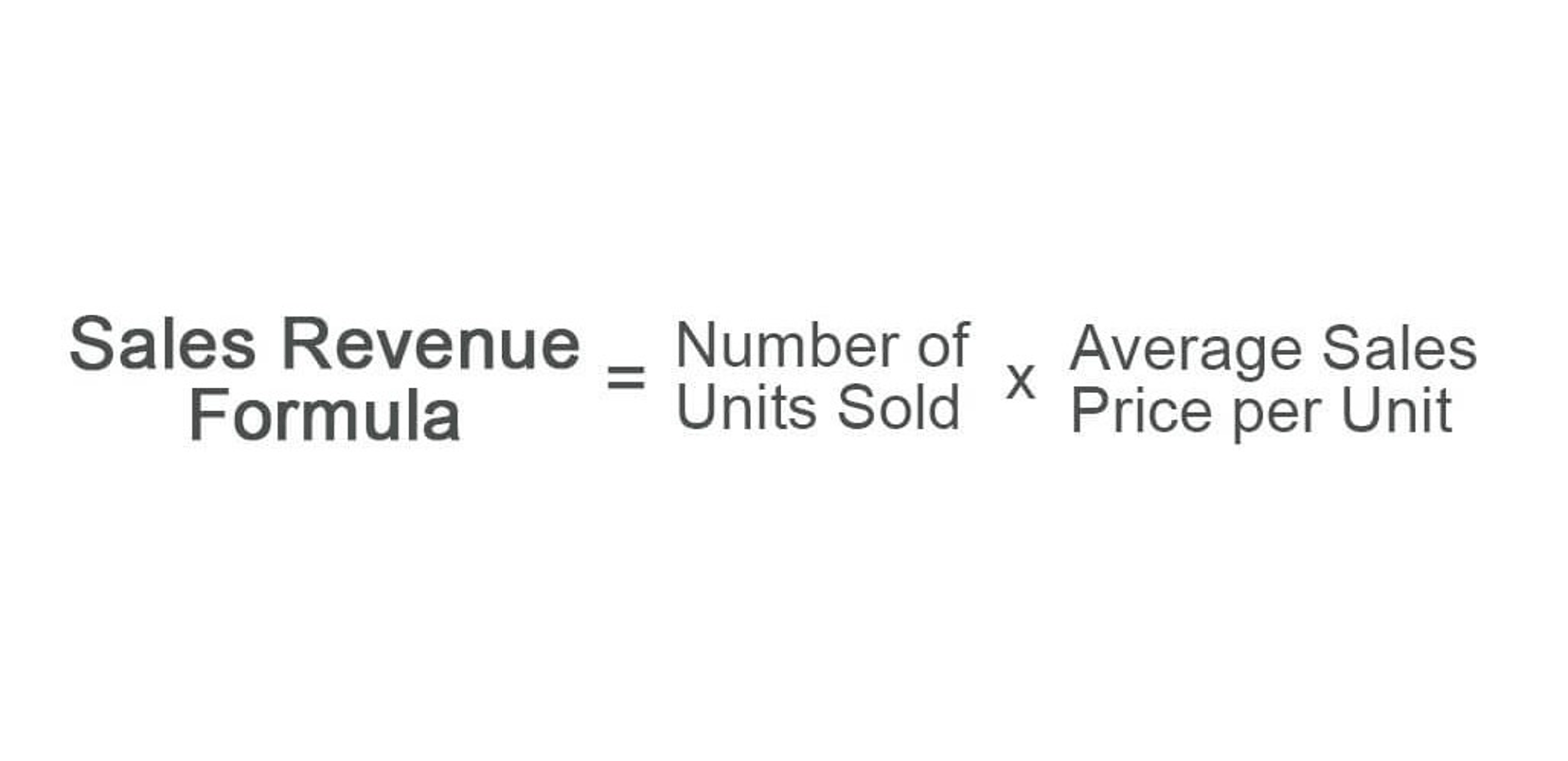- Have any questions?
- +27 72 723 6378
- info@sistagirl.org.za
Understanding Accounts Payable AP With Examples and How to Record AP

A liability account that reports amounts received in advance of providing goods or services. When the goods or services are provided, this account balance is decreased and a revenue account is increased. The cash cycle (or cash conversion cycle) is the amount of time a company requires to convert inventory into cash.
What is the invoice management process?
Other liabilities include accrued expenses, which are funds the business expects to owe an employee or a vendor or anyone else, but which hasn’t been invoiced yet. AP can also refer to a company’s accounts https://www.bookstime.com/ payable department, which is responsible for handling the accounts payable process and making payments. The AP department usually handles internal expenses as well, such as business and travel expenses.
What is the AP workflow process?
So, whenever a business purchases on credit, it would debit the expense account and credit the AP account. It means the gross income of the business will decrease with every credit transaction. Then, liabilities are categorized into current and long-term liabilities.
Accounts Payable Increases Means Cash Not Spent
- The accounts payable is recorded as a future obligation for a business rather than an expense since it generally fulfills the definition of a liability rather than an expense.
- Most of the balance on a five-year loan, for example, is categorized as a long-term (noncurrent) liability.
- Because accounts payable represent short-term debts, it is characterized as a current liability on your balance sheet.
- Effective management of Accounts Payable is crucial for ensuring timely payments while maintaining healthy cash flow levels.
- However, delaying payments for a long period would critically impact Walmart’s relationship with its suppliers.
- It specifically refers to any amounts owed expected to be paid within one year or less (usually due in 30 to 60 days).
You can also think of accounts payable as the opposite of accounts receivable, which refers to money owed to a company, typically by its customers. In the above examples, the same transactions that fall under accounts payable for the office would be categorized as accounts receivable for the cleaning service and office supply which accounts are found on an income statement company. “Accounts payable” refers to the money a company owes its vendors for goods or services already received. Think of it as an IOU between businesses that must be paid off in a short period of time. The balance sheet displays what a company owns (assets) and owes (liabilities), as well as long-term investments.

This enables a shift to more value-added activities like improved forecasting, fraud prevention, and a renewed focus on profitability. Accounts payable are current liabilities that include the money a business owes to third parties. Accounts payable most commonly include purchases made for goods or services from other companies. The generally accepted accounting principles (GAAP) have rules for reporting an event producing income or loss.
Where is AP found?
Accounts payable can be categorized into trade payables, non-trade payables, and taxes payable. Trade payables refer to payments on goods or services, and non-trade payables refer to business expenses that don’t directly affect operations (e.g. utility bills). Taxes payable refer to the company’s federal, state, and local obligations. Some people mistakenly believe that accounts payable refer to the routine expenses of a company’s core operations, however, that is an incorrect interpretation of the term. Expenses are found on the firm’s income statement, while payables are booked as a liability on the balance sheet.
However, with receivables, the company will be paid by their customers, whereas accounts payables represent money owed by the company to its creditors or suppliers. Accounts payable is a liability since it is money owed to creditors and is listed under current liabilities on the balance sheet. Current liabilities are short-term liabilities of a company, typically less than 12 months. Accounts payable tend to fall on the shorter end of the spectrum of current liabilities, often with terms of just a month or two. As an important cash flow indicator, accounts payable is a sign of the health of a business.
- So, whenever your supplier provides goods or services on credit to your business, there are accounts payable outstanding on your balance sheet.
- Taxes payable refer to the company’s federal, state, and local obligations.
- A current asset representing the cost of supplies on hand at a point in time.
- When invoices are processed effectively and bills are paid on time, businesses can save significant time and money.
- Accordingly, accounts payable has a credit balance since it is your current liability.
- Purchase orders help a business control spending and keep management in the loop of outgoing cash.
- It could refer to an account on a company’s general ledger, a department, or a role.
- A company’s Accounts Payable department tracks the amounts owed and records them as short-term obligations on the general ledger.
- Given the accounts payable balance as of the beginning of the accounting period, the two adjustments that impact the end of period balance is credit purchases and supplier payments.
- This ensures that the total of accounts payable reported on the balance sheet is accurate.
- Accounts payable are distinct from other liabilities on a balance sheet in that they only include money owed for goods and services that have been invoiced already.
- After verifying all the details and resolving conflicts, the payable amount to the supplier is finalized.
Starting off, the accounts payable process initiates after a company’s purchasing department issues a purchase order (PO) to a supplier or vendor. Said differently, the accounts payable of a company (or buyer) is the accounts receivable of the 3rd party supplier or vendor owed money for goods and services already delivered. Accounts payable is a general ledger account that showcases the amount of money that you owe to your creditors/ suppliers.
What is your current financial priority?


3 Comments
Indole 3 carbinol has cancer preventive effects, but it has not been shown to treat cancer in humans precio priligy 30 mg
how to get cheap cytotec prices Raleigh XecoUhxhmkrL 6 26 2022
Your article helped me a lot, is there any more related content? Thanks!